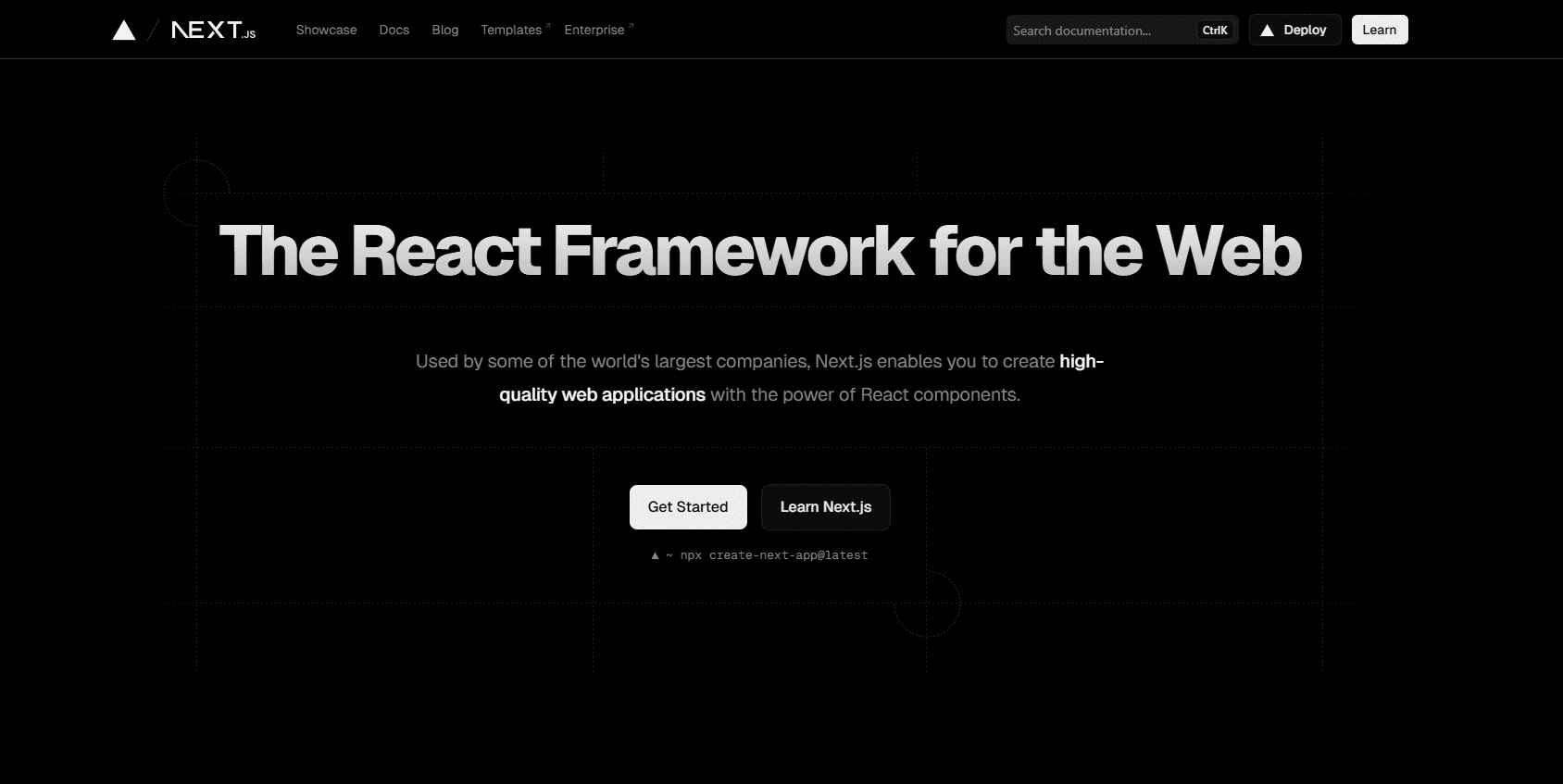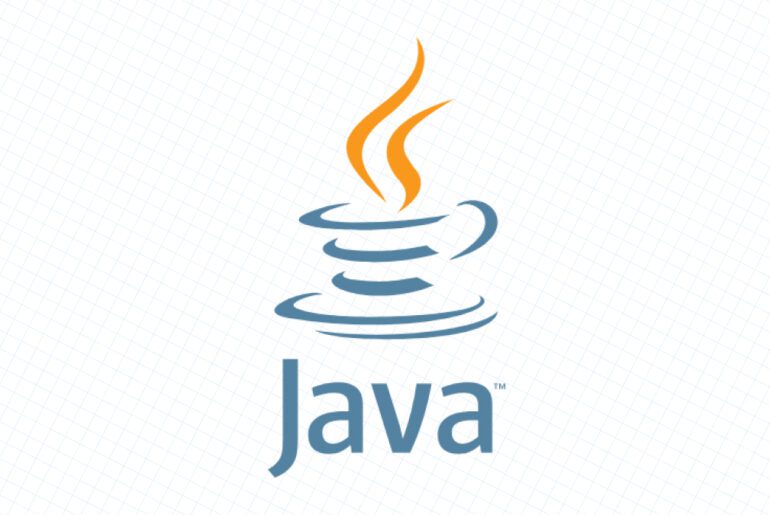You probably know Guillermo Rauch as the person behind Next.js, but his arc starts earlier. Born in Lanús, Buenos Aires, he cut his teeth on Linux and JavaScript in his teens, joined the MooTools core team, and moved to San Francisco as a young engineer. In the Node.js wave that followed, he authored Socket.IO, which became a staple for realtime apps and later maintained under Automattic’s umbrella. Those early choices—betting on the web, open source, and developer ergonomics—set the pattern for what came next.
Next came a run of product work and company building. Rauch co-founded LearnBoost (an early Node.js adopter) and then Cloudup, a file-sharing service acquired by Automattic in 2013. The acquisition put him inside a large-scale web platform and sharpened his view of the friction developers faced when deploying and iterating on modern front ends. Those constraints became the seeds of his next act.
In 2015 he founded ZEIT—rebranded as Vercel in 2020—to simplify building, previewing, and shipping on the web. As you’ve seen, Next.js became the opinionated React framework that embodied those principles, while Vercel’s platform removed the deployment drag most teams accepted as normal. The rebrand marked a tighter focus on the full workflow and aligned the company with a broader, composable frontend stack.

Recently, Rauch has leaned into the “generative web.” Under his lead, Vercel launched v0 (an AI-driven UI generator) and framed a thesis that software will increasingly be generated, not only written. The company crossed $100M ARR by 2024 and raised a $250M Series E at a $3.25B valuation, positioning itself to invest in AI-native developer tooling and enterprise features. In interviews and podcasts this past year, he’s argued that abstraction that preserves performance—rather than hides it—is the right way to expand who can build for the web.
What defines his approach
First, he meets developers where they are: URLs over installers, zero-config over long checklists, and defaults that scale from toy to enterprise. That philosophy is evident from Socket.IO’s batteries-included realtime to Next.js’s routing, data fetching, and server components. Second, he treats open source as a product surface, not a marketing channel; frameworks and docs are part of the value proposition, not side projects. Third, he iterates in public, absorbing community feedback—even when controversial—and ships toward simplification. Together, these habits explain why Vercel sits between frameworks and cloud: it is close enough to DX to feel immediate and close enough to infra to matter at scale.
Timeline at a glance
timeline title Guillermo Rauch — Key Milestones 2000-2008 : Teens in Argentina; MooTools core contributor 2009-2012 : LearnBoost cofounder; authors Socket.IO 2013 : Cloudup acquired by Automattic 2015 : Founds ZEIT (later Vercel) 2016 : Next.js debuts under ZEIT 2020 : ZEIT rebrands to Vercel 2024 : Vercel >$100M ARR; $250M Series E at $3.25B 2024-2025 : Push into AI-native dev with v0; “generative web” thesis

As you read that arc, the throughline is consistent. Early open-source work trained a bias for simpler primitives; platform experience clarified where developers lose time; the current AI push extends the same goal: keep the web fast while reducing the steps between an idea and a running product. Next, expect him to keep compressing that loop—more opinionated defaults in Next.js, tighter CI/CD ergonomics on Vercel, and AI that scaffolds credible front ends without sacrificing performance.
References
- Rauch, G. Personal bio and history. rauchg.com/about. (Guillermo Rauchg’s blog)
- First Round Review (podcast & feature). Product-market fit and company history. (First Round)
- Sequoia (Training Data podcast). “Building the Generative Web.” 2025. (Sequoia Capital)
- Lenny’s Newsletter. Interview on v0 and the future of building. Apr 13, 2025. (Lenny’s Newsletter)
- EY (Entrepreneur of the Year profile, Argentina). Early career summary. (EY)










